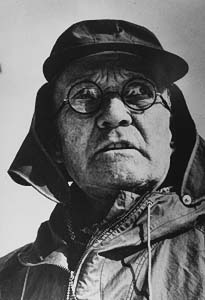Drought conditions have changed significantly in some parts of Nevada, but not so much in others. As you can see from the side-by-side comparison of drought severity in Nevada, provided by the U.S. Drought Monitor (see
http://bit.ly/1xU7GW2), the crescent-shaped area of Exceptional Drought (depicted as D4 on the map, in a brownish-red) has more than doubled, now covering approximately 12% of Nevada, up from slightly more than 5%, estimated on January 7, 2014. Remember that the D4 designation indicates likely long-term ecological change due to exceptionally dry conditions. At the same time, the eastern half of the state has seen a slight improvement from severe to moderate drought conditions. This has been reflected in comments from ranchers in Nevada's eastern counties, who note that rangelands have had plentiful forage in some areas. Drought conditions are not uniform in the state and vary significantly for many reasons.


Weather forecasters remain uncertain about our chances of having a good Sierra snowpack as we transition to winter. The Mt. Rose SNOTEL site reports an accumulated total of 2.4 inches of liquid precipitation since the beginning of the water year (Oct. 1, 2014). This includes about 0.7 inches that fell as snow. In contrast, the accumulations of precipitation, as snow and total , in water year 2012 were 1.7 and 5.2 inches--slightly more than double the observed to date.
Overall, the water year has not had a promising start in the western portion of the Great Basin, with less than 10--30% of normal recorded at our weather stations, depending upon location. This means that snowpacks in the Sierra Mountains are well short of normal relative to this date in other years.












